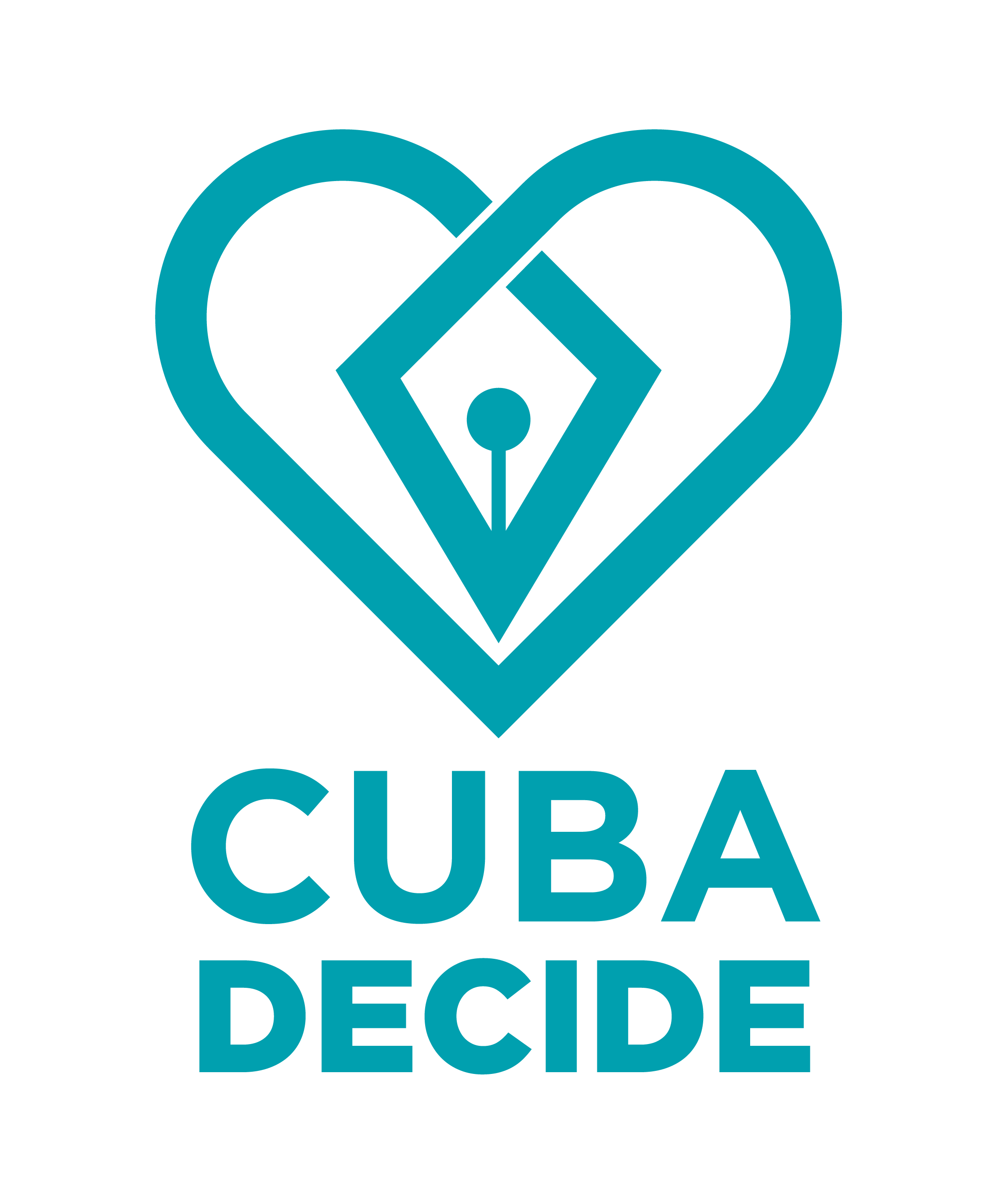COLLABORATE AS A VOLUNTEER OR WITH YOUR DONATION SO THAT “CUBA DECIDE” CAN CONTINUE FIGHTING FOR THE RIGHT TO CHOOSE OF THE CUBAN PEOPLE.
The economic, commercial and financial embargo imposed by the US on Cuba has evolved over more than 60 years. It began with the cancellation of the Cuban sugar quota in the U.S. market in June 1959, and became official on February 7, 1962, when Section 620a of the Foreign Aid Act was applied. In turn, this act was being enforced since September 1961, once president John F. Kennedy totally banned the importation of goods of Cuban origin. Later, other prohibitions were added. Over the years, these sanctions became a means of pressuring Cuba to respect human rights and allow the establishment of a democratically elected government.
Historically, the Cuban government has referred to these economic sanctions by the name of “blockade.” The truth is that there is no such “blockade,” only a partial embargo, a completely different issue. While a blockade would cause the United States to prevent the movement of goods and people to and from Cuba, the U.S. laws that constitute the embargo only limit what U.S. citizens and businesses can do relative to Cuba.
The only time there was a U.S. blockade of Cuba was in 1962, when Fidel Castro placed Soviet nuclear weapons on the Island. Then, a fleet of U.S. and Latin American ships blocked Cuba for thirteen days, until the missiles were positively withdrawn.
In fact, Cuba trades with the whole world, including the United States. The most recent data shows that in 2020 the United States exported $177 million of goods to Cuba and imported $15 million of goods. And, in the first five months of 2021, the United States has already exported $134 million in goods to Cuba.
The United States is the largest food exporter to Cuba, with frozen chicken being the main export product. Food and many other items, such as medical products and humanitarian aid, are exempt from the embargo.
Furthermore, ending the U.S. embargo would not make a big difference for Cuba, because the country’s main problem is its dictatorship, and the failure of the economic model imposed by the regime. Before the seizure of power by the communist dictatorship, the largest Cuban export to the United States was sugar and the second export was coffee. Both sectors have been destroyed by the Castro administration.
The regime has generated a narrative as if it were a complete blockade, when it is really an economic and financial embargo. The Island has close cooperation and trade ties with countries such as Venezuela, China, Spain, Canada, Russia, Mexico, the Netherlands, Italy, France, Germany and the United States, according to figures of 2019 from the Cuban National Office of Statistics and Information.
The real blockade in Cuba is the one imposed by the Cuban State, led by the Communist Party, against the Cuban people. Cubans are blocked in their rights and in many other activities: they are prevented from speaking freely, from participating in peaceful protests and from performing artistic activities not approved by the State. After the recent massive protests, the Cuban state blocked all Internet access. Also, many Cubans have been banned from leaving their own country.
Likewise, Cubans are banned from producing food and it is the State the only entity that holds the monopoly on production.
Nevertheless, Cuba could put an end to the U.S. embargo. All they need to do is legalize all political activity, allow freedom of the press, independent unions, respect internationally recognized human rights, and commit to free, fair and plural elections, in a transition to representative democracy.
It is time for a change.
It is time to enjoy our right to have rights.

